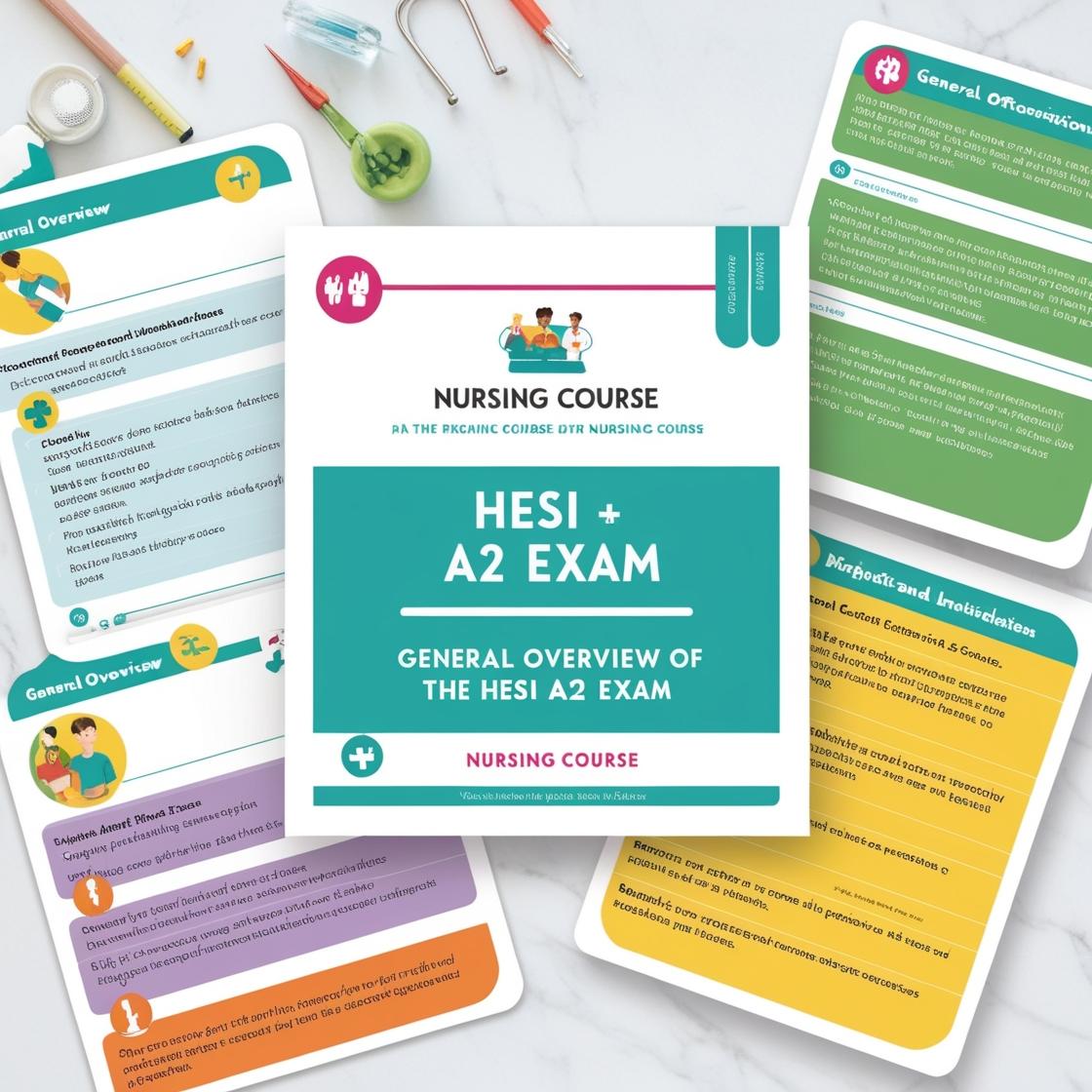HESI A2
HESI A2 Biology 2024
1. What is the term for the breakdown of glycogen into glucose subunits?
- A. Hydrolysis
- B. Reduction
- C. Metabolism
- D. Transpiration
Correct answer: A
Rationale: Hydrolysis is the term used to describe the breakdown of large molecules into smaller units by adding water. In the case of glycogen being broken down into glucose subunits, this process involves the addition of water molecules to break the glycosidic bonds between glucose molecules, resulting in the release of individual glucose subunits. This process is crucial for providing cells with a source of energy when needed. Choice B, Reduction, refers to a chemical reaction involving a gain of electrons or a decrease in oxidation state, not the breakdown of glycogen into glucose subunits. Choice C, Metabolism, is a broad term encompassing all biochemical processes in an organism, including anabolism and catabolism, but does not specifically describe the breakdown of glycogen into glucose subunits. Choice D, Transpiration, is the process of water movement through a plant and is not related to the breakdown of glycogen into glucose subunits.
2. How does an enzyme work on a chemical reaction that occurs in a substrate?
- A. An enzyme slows down the chemical reaction.
- B. An enzyme speeds up the chemical reaction.
- C. An enzyme has no effect on the chemical reaction.
- D. An enzyme stops most chemical reactions.
Correct answer: B
Rationale: Enzymes are biological catalysts that facilitate chemical reactions by lowering the activation energy required for the reaction to occur. This allows the reaction to proceed more quickly and efficiently. Enzymes do not change the overall outcome of the reaction, but they significantly increase the rate at which it takes place. Therefore, choice B, 'An enzyme speeds up the chemical reaction,' is the correct answer. Choices A, C, and D are incorrect because enzymes do not slow down, have no effect, or stop chemical reactions; instead, they accelerate the process by lowering the activation energy.
3. What happens to glucose during glycolysis?
- A. Its energy is entirely lost.
- B. It splits into molecules of pyruvic acid.
- C. It is stored in NADH.
- D. It joins with molecules of citric acid.
Correct answer: B
Rationale: During glycolysis, glucose undergoes a series of enzymatic reactions in the cytoplasm of the cell, resulting in its breakdown into two molecules of pyruvic acid. This process also generates ATP and NADH as energy carriers. Choice A is incorrect because glucose is not entirely lost, but rather converted into other molecules. Choice C is incorrect because NADH is a product of glycolysis, not a storage form for glucose. Choice D is incorrect as glucose does not join with molecules of citric acid during glycolysis, but rather in subsequent stages of cellular respiration.
4. ___________ is a symbiotic relationship in which one organism benefits and the other is not affected.
- A. Mutualism
- B. Parasitism
- C. Commensalism
- D. Competition
Correct answer: C
Rationale: The correct answer is 'Commensalism.' In commensalism, one organism benefits from the relationship while the other is neither helped nor harmed. This type of symbiotic relationship is characterized by one organism deriving a benefit, such as food or shelter, without impacting the other organism in any significant way. Choice A, 'Mutualism,' is a symbiotic relationship in which both organisms benefit. Choice B, 'Parasitism,' is a symbiotic relationship in which one organism benefits at the expense of the other. Choice D, 'Competition,' refers to a relationship in which organisms compete for limited resources, with both being affected in terms of access to resources.
5. What process do cells in the tip of a plant’s root undergo to increase in number?
- A. Meiosis
- B. Cytokinesis
- C. Fractioning
- D. Mitosis
Correct answer: D
Rationale: Cells in the tip of a plant's root undergo the process of mitosis to increase in number. Mitosis is a type of cell division that results in two daughter cells with the same number of chromosomes as the parent cell. This process allows for growth and maintenance of tissues in plants by producing new cells through division. Choice A, Meiosis, is incorrect as meiosis is a type of cell division that reduces the number of chromosomes in cells to produce gametes. Choice B, Cytokinesis, is incorrect as it is the division of the cytoplasm following cell division. Choice C, Fractioning, is not a biological process related to cell division.
Similar Questions

Access More Features
HESI A2 Basic
$89/ 30 days
- 3,000 Questions with answers
- 30 days access @ $89
HESI A2 Premium
$129.99/ 90 days
- Actual HESI A 2 Questions
- 3,000 questions with answers
- 90 days access @ $129.99
